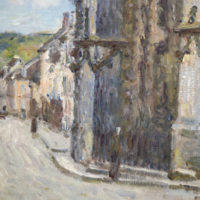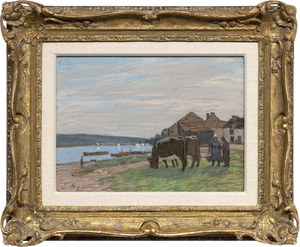阿尔弗雷德·西斯利恩(1839-1899)
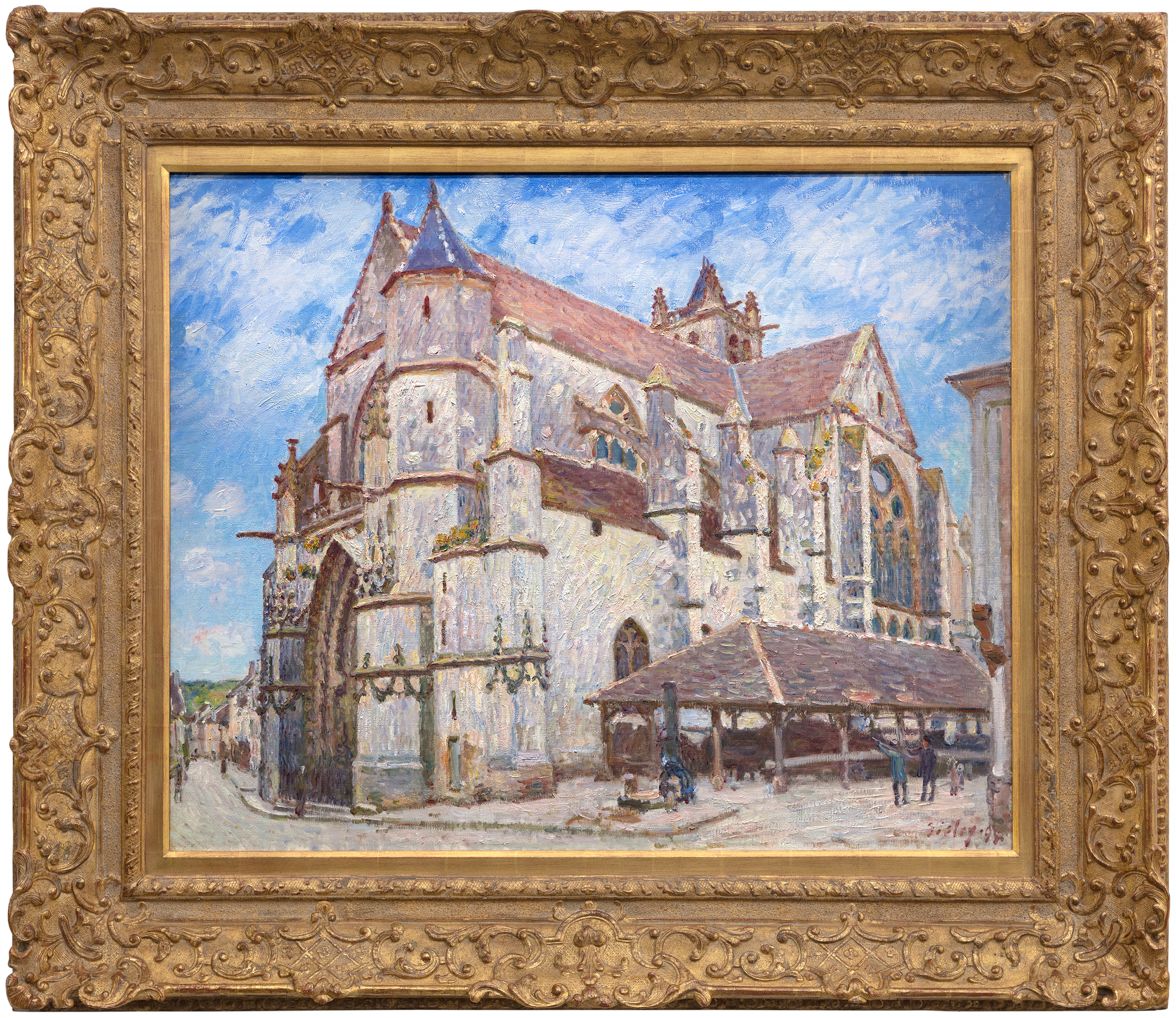
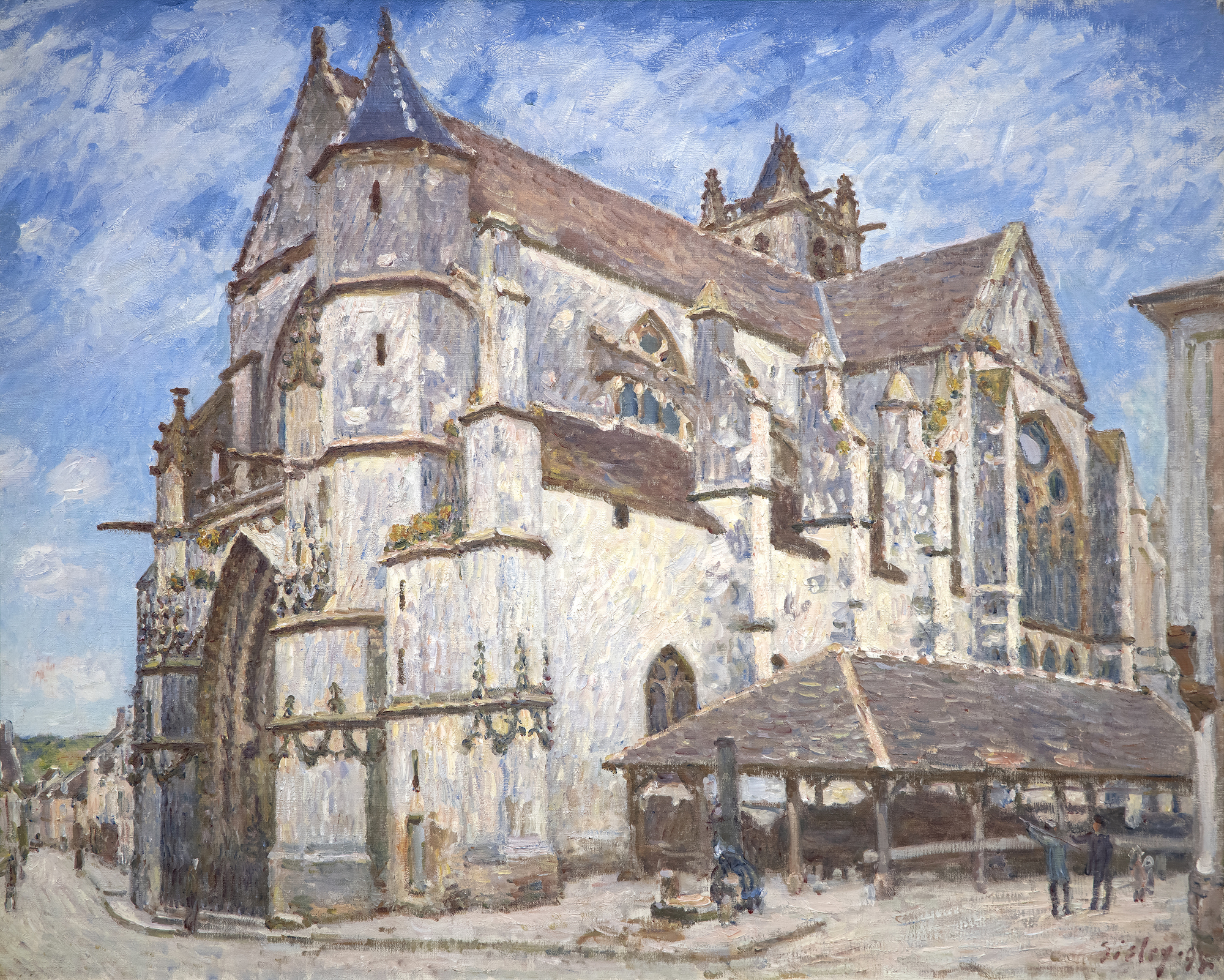
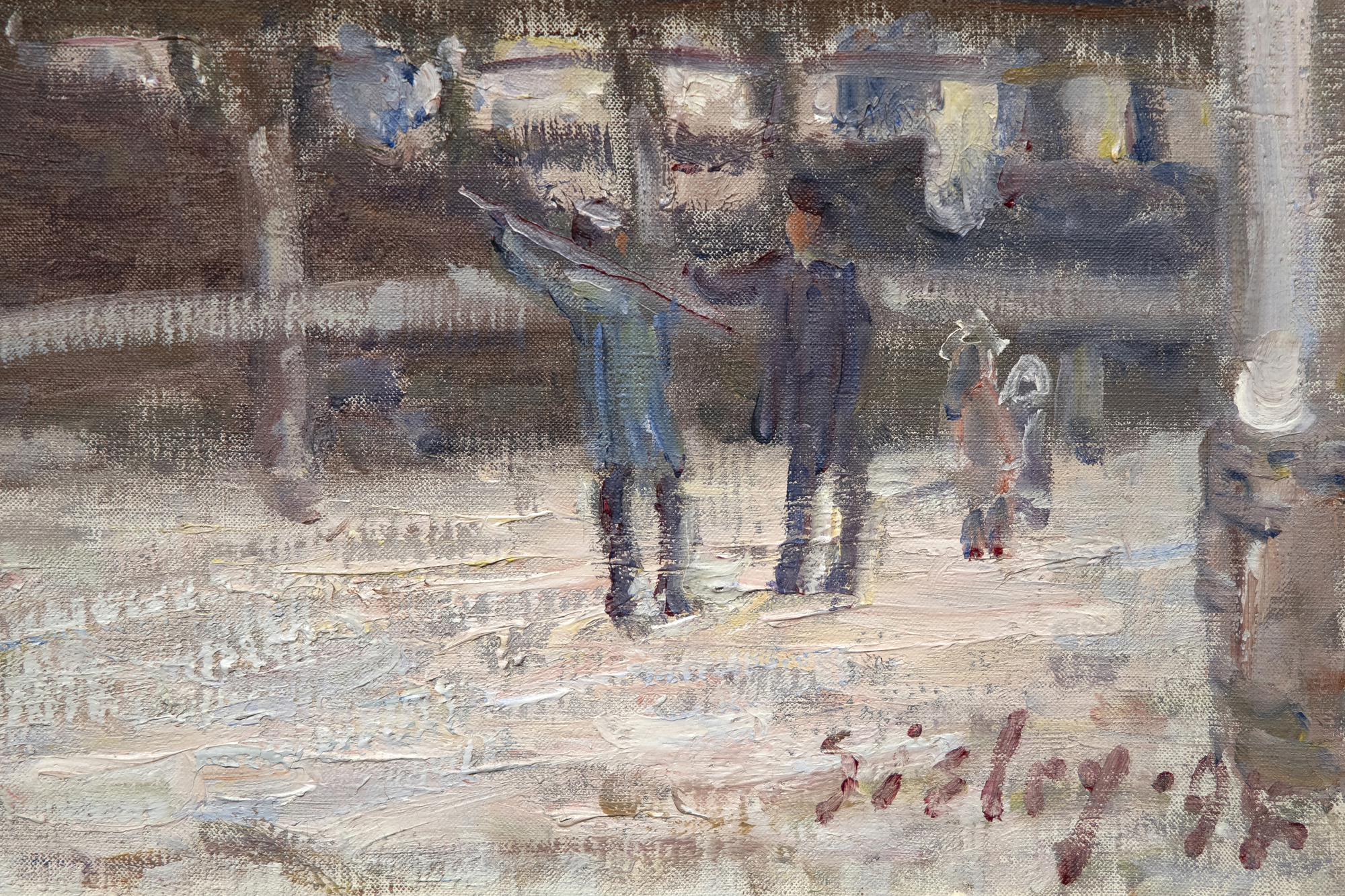
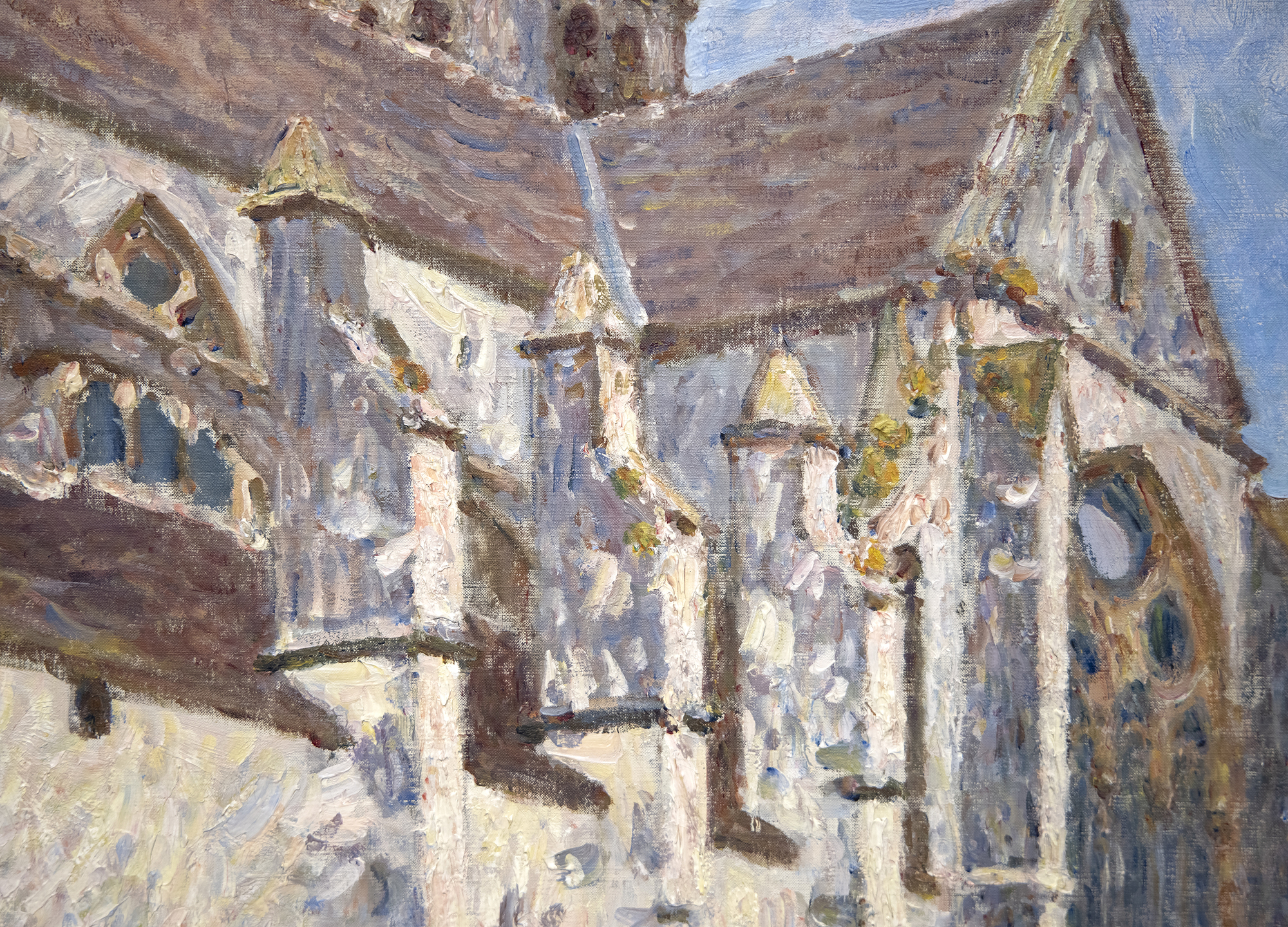
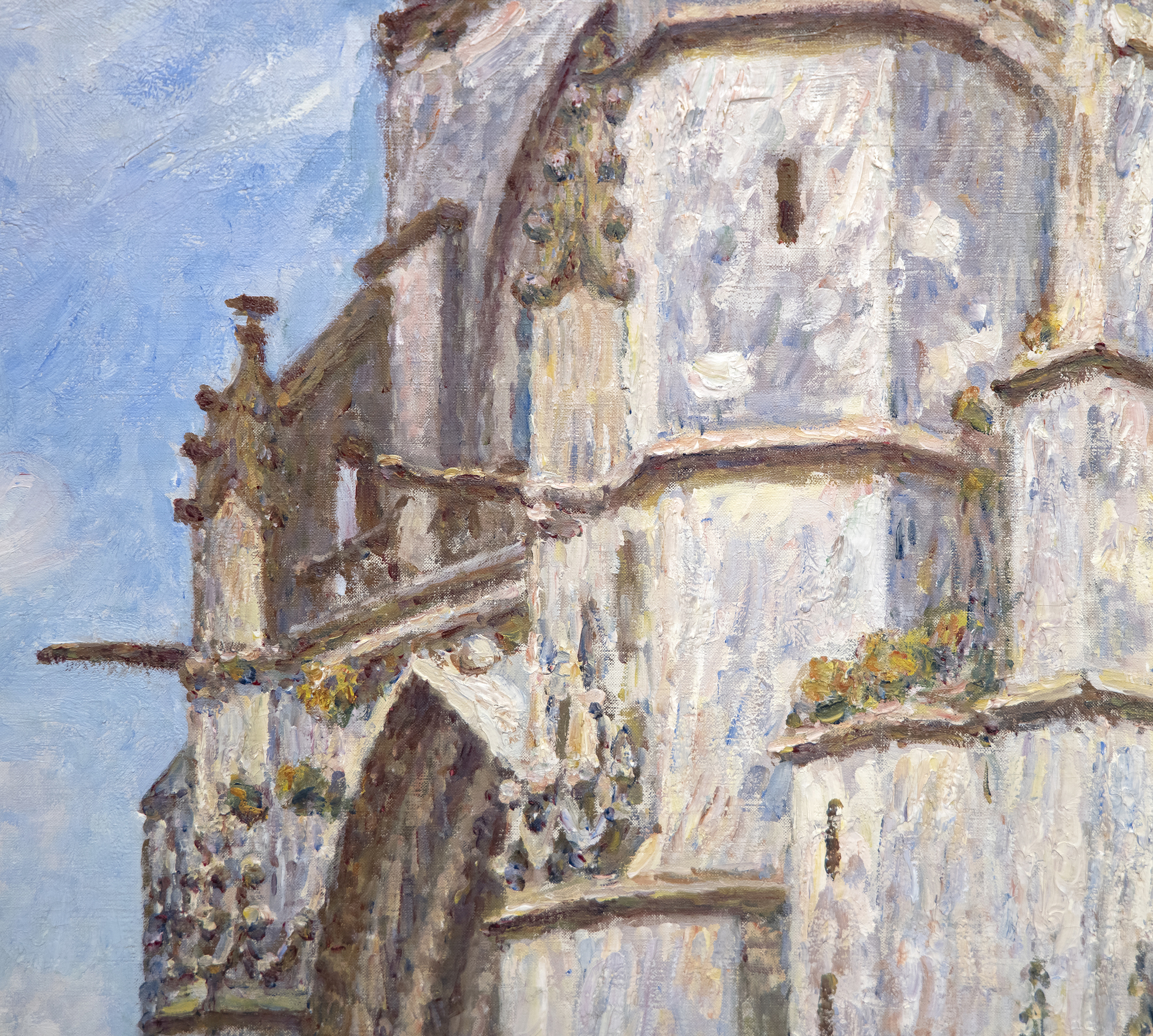
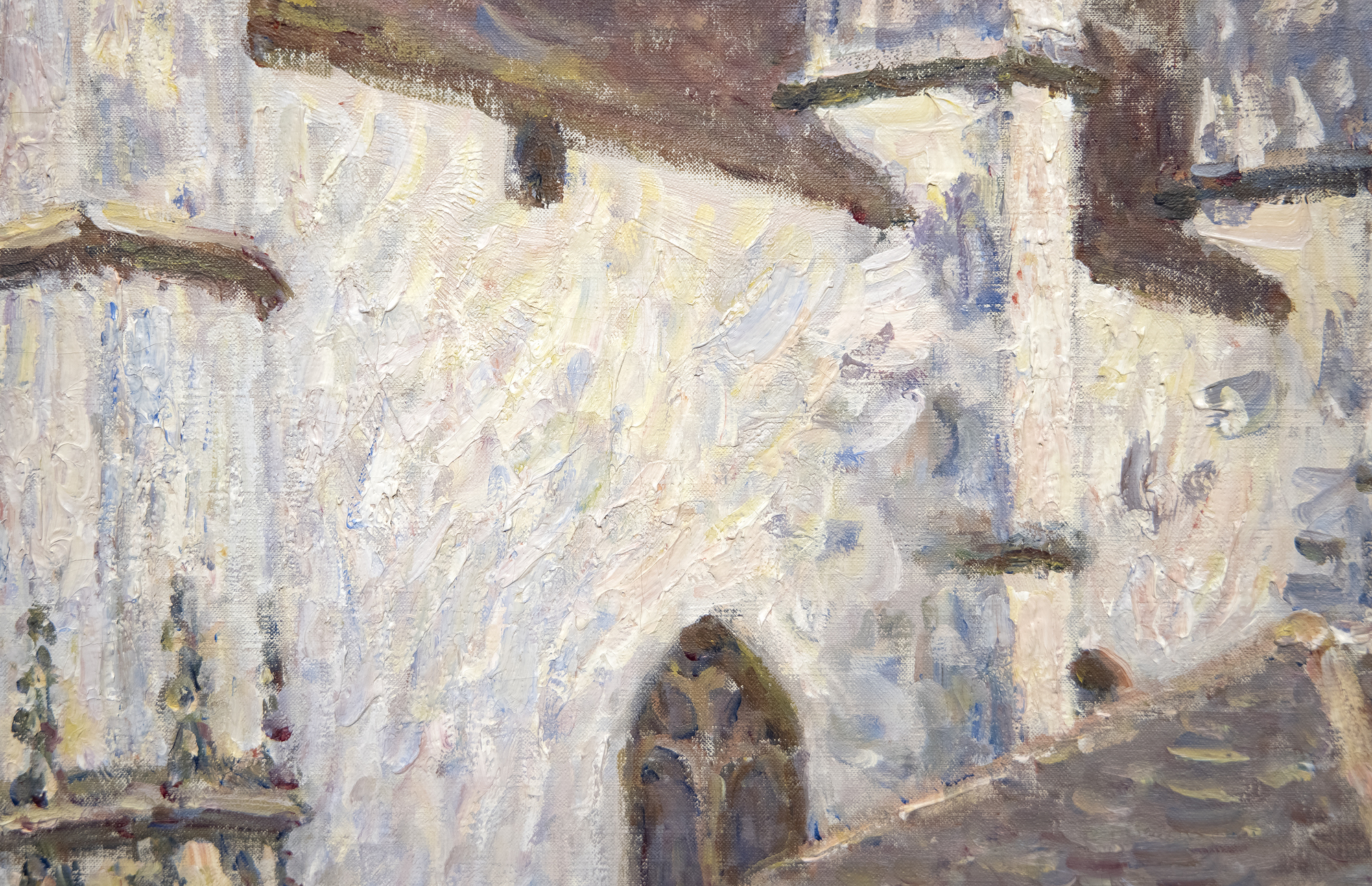
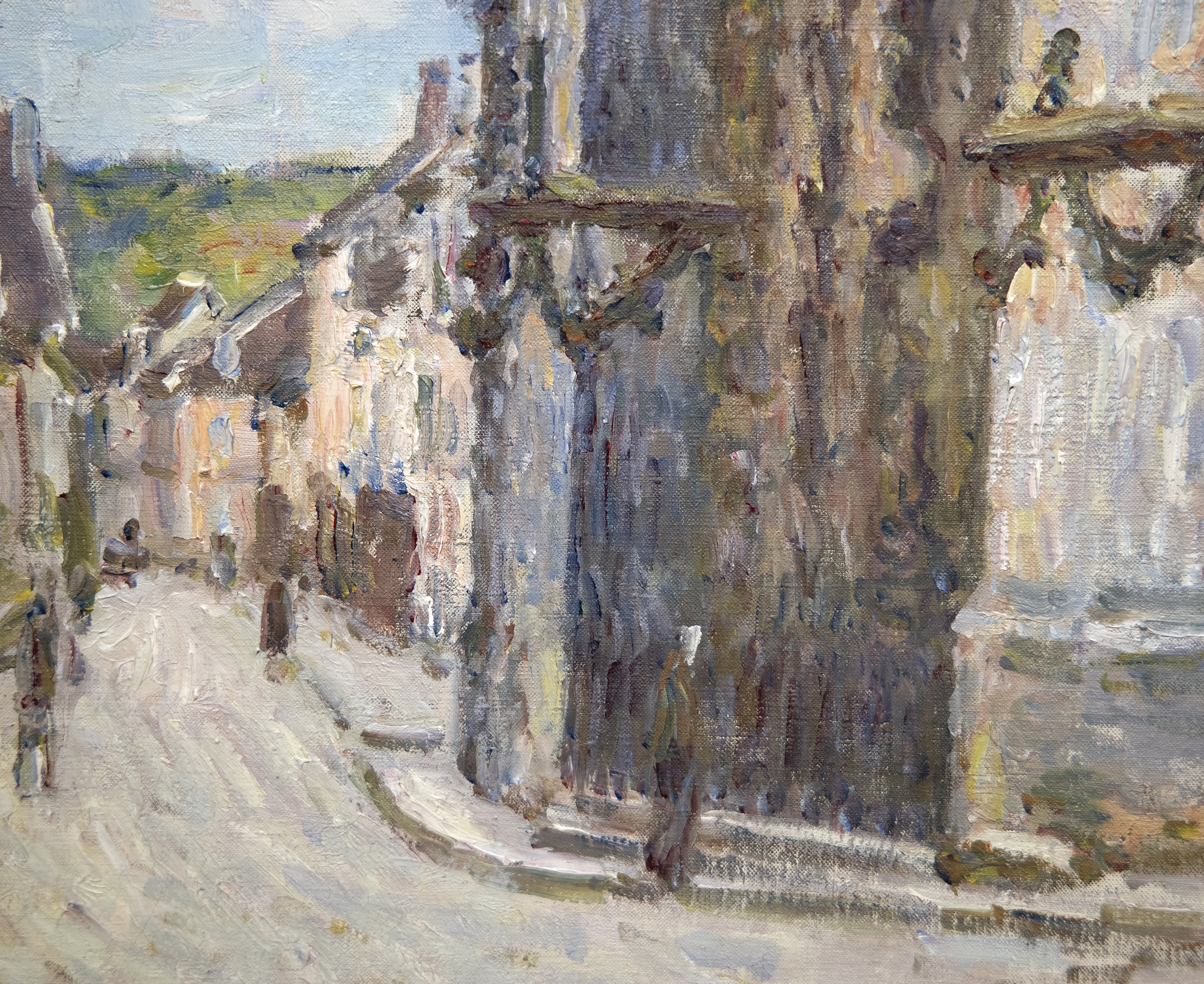
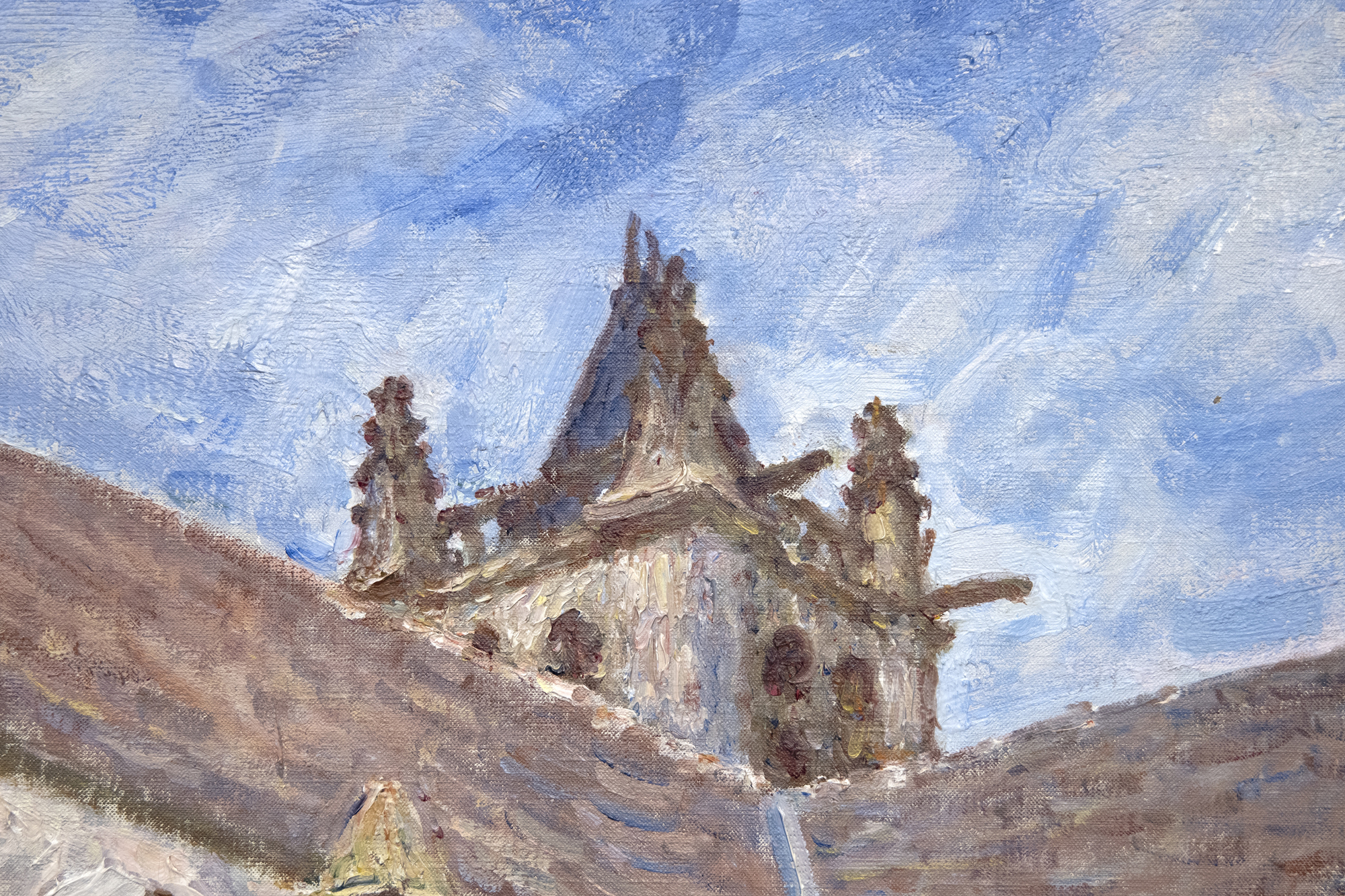
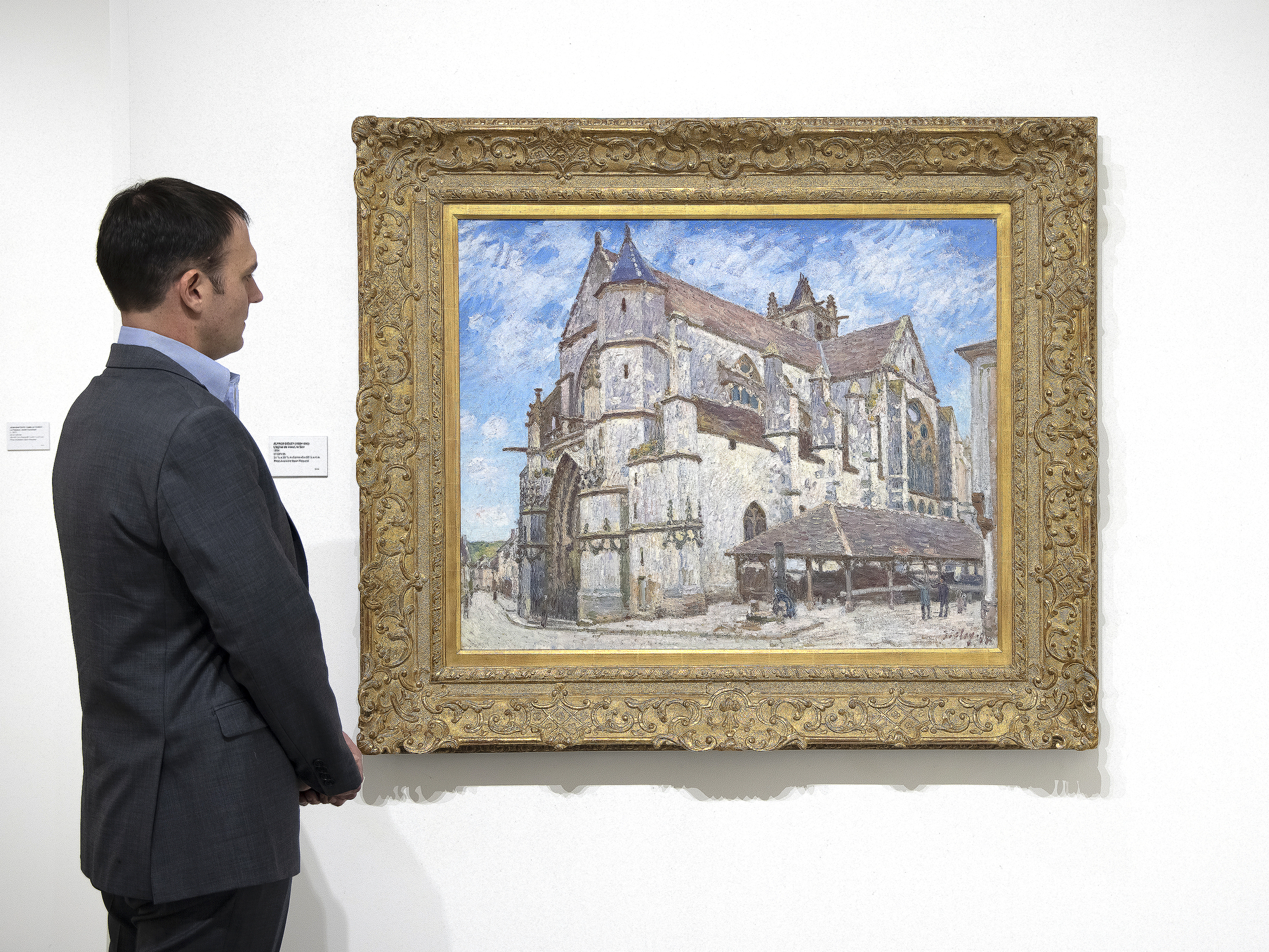
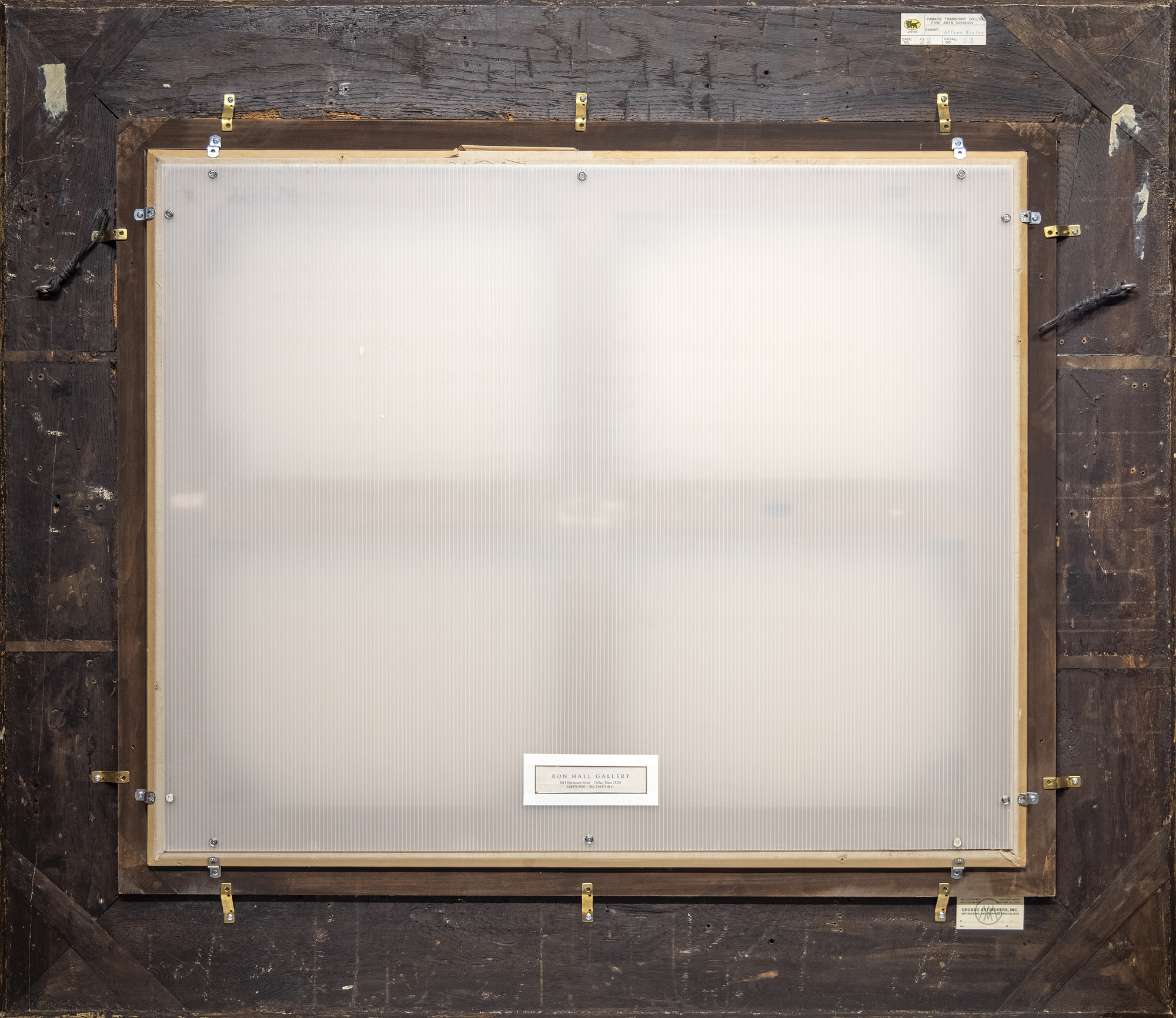
种源
西斯利庄园出售。Sisley工作室拍卖会,Georges Petit巴黎画廊,1899年5月1日,拍品13。
乔治-维阿乌,巴黎
拍卖会。巴黎Drouot酒店,1908年2月20日,拍品37
皮尔逊收藏,巴黎(在上述拍卖中获得)
拍卖会。皮尔逊拍卖会,柏林保罗-卡西尔画廊,1927年10月18日,拍品65
私人收藏
拍卖会德鲁奥酒店,巴黎,1928年6月23日,拍品98
奥贝尔收藏,巴黎(在上述拍卖会上购买;可能是马塞尔-奥贝尔)。
私人收藏 爱德华-纳姆画廊
S...更。。。teven Bedowitz,佛罗里达州博卡拉顿(1989年获得)。
私人收藏, 纽约
拉里-拉塞尔特,达拉斯(1991年获得)。
私人收藏(1996年获得)
展会信息
东京,伊势丹美术馆;香川,高松市立美术馆;广岛,美术馆和和歌山,现代艺术部门博物馆,阿尔弗雷德-西斯莱博览会,2000年,编号:53。53,彩色插图页。138-139文学
O.Reuterswaerd,"Sisley的大教堂,对Moret教堂的研究",载于《Gazette des Beaux Arts》,1952年3月,图1,第194页有说明。F.Daulte, Alfred Sisley.绘画作品目录》,洛桑,1959年,第835号,有黑白插图。
F.Daulte, Sisley.Les Saisons》,巴黎,1992年,编号。41,彩色插图第73页
R.Shone, Sisley, New York, 1992, pl. 134, p. 170的彩色插图(提到pp. 164-165)
Brame, S., Sisley, A., Lorenceau, F., & Daulte, O. (2021).阿尔弗雷德-西斯利:绘画和粉笔画的评论目录。P. 347 ill.347, 501
...少。。。
历程
在法兰西岛和勃艮第之间,枫丹白露森林的边缘,坐落着12世纪建立的中世纪村庄--洛宁河畔莫尔特。当阿尔弗雷德-西斯莱在1881年8月31日的信中向莫奈描述它的特点时,说它是 "一个巧克力盒的风景...... "他的意思是说它是一个诱人的纪念品;它的堡垒、城墙、教堂、坚固的大门和沿河的华丽外墙,对于一个画家来说,是一个无与伦比的魅力的环境。古老的教堂总是塞纳河流域最引人注目的城镇景观,它在西斯莱的城镇景观视图中是一个存在,就像它对柯罗和莫奈在韦特伊一样。但与莫奈不同的是,莫奈对鲁昂大教堂的30幅作品是为了追踪大教堂正面的光影游戏,并捕捉光线和气氛的瞬间变化的短暂性质,西斯莱则是为了确认莫雷-苏-洛林的圣母教堂的永久性质。 莫奈唯一关注的是空气和光线,而西斯莱的作品似乎是一个致敬的纪念品。这幅画散发着对最初的建筑师和建筑商的尊重,这个结构是如此坚不可摧和坚定,它在当时就像在中世纪时代一样屹立不倒,对我们来说,它今天也会像以前一样,永远屹立不倒。
尽管如此,西斯莱还是努力通过一系列的气氛变化来展示主题的变化外观。他给这些作品起了 "阳光下"、"霜冻下"、"雨中 "等标题,并在1894年的火炬沙龙上作为一组作品展出,这些因素表明他认为这些作品是系列化的演绎。然而,与莫奈的作品不同,《L'église de Moret, le Soir》显示,西斯莱选择在一个空间背景下展示这个主题,以突出其构图属性--左边狭窄街道的俯视视角,右边建筑线条的强烈斜向衰退作为平衡,以及视线上方石质建筑的气势。
市场情报
- 西斯莱画作的拍卖 价格记录 超过900万美元,由一幅明显小于 《L'église de Moret, le Soir》的冬季风景画在2017年创造。
- 现存的西斯利的油画作品只有884幅,而且很多都是博物馆的永久收藏品,很少有优秀的大型作品可以用于私人销售。
- L'église de Moret, le Soir与其他西斯莱的作品相比特别大,而且自1996年以来一直属于同一个私人收藏,增加了其价值。
- 它的右下角有 "Sisley 94 "的 签名,在Sisley目录中也有记载 (F. Daulte,洛桑,1959年,第835号,有黑白照片)。
- 描绘了莫雷特的圣母院教堂,这是 西斯莱自1889年在莫雷特定居以来近十次 重新审视的重要 主题。
同类拍卖的画作

"Effet de Neige à Louveciennes"(1874年)以9,064,733美元成交。
- 较小的画作,色调柔和,但有美丽的阴影
- 罕见的冬季场景
- 在2017年的拍卖会上创造了西斯利的价格纪录

"Le loing à Moret"(1883年)以4,869,000美元成交。
- 比我们的作品小得多
- 完成度不高,没有数字
- 美丽的光线和调色板

"Moret-sur-Loing"(1891年),售价4,685,031美元。
- 像这幅和我们这幅一样的大型西斯莱画作很罕见,也更有价值
- 八年前以超过460万美元的价格售出,而市场也在不断发展。

"Le loing à Moret, en été"(1891年)以5,746,135美元成交。
- 几年前的另一幅大画
- 像我们的画一样,它包括一个人物,这增加了价值

































